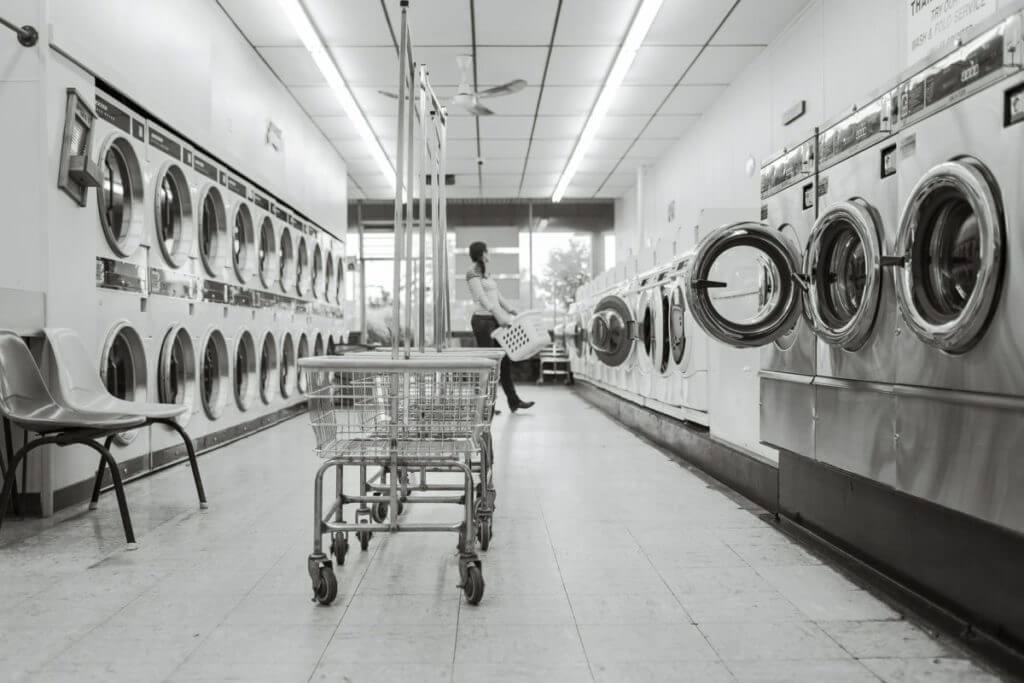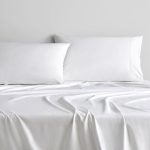There is no doubt that it is pleasant to get out of the shower and dry ourselves with a soft, fluffy and unpolluted towel. But there is a stronger reason than the mere pleasant feeling of fluffiness for washing bath towels more often: germs.
Scientists point out that the towels we use daily to dry our face and body are a breeding ground for all kinds of bacteria and fungi and accumulate dead skin cells and body secretions, as well as mites and other pathogens. And it is that these rectangles of spongy cloth are ideal for their proliferation because they have many of the essential requirements to guarantee the life of the microbes: water, warm temperature, oxygen and neutral pH.
But our body also meets these ideal conditions: that’s why we are covered with microorganisms from head to toe. Thus, when drying with a towel, the microbes and secretions of the body itself are deposited in the fabric. Constant humidity provides a neutral pH, neither acid nor alkaline, similar to that of the body, which favors its survival and reproduction.
Most of these microbes are probably not going to cause damage, since they come from the body itself. But they are there, and multiply fast. And things get worse if the towels are shared: in that case, the body is exposed to the microbes of others.
Even worse, towels accumulate other germs that are present in the bathroom – including, of course, those that can disperse from the toilet or cup, especially if you throw the chain without lowering the lid.
This continuous germination of germs is the reason why, eventually, black spots begin to appear on the towels and you wonder what are the black spots on my washcloth?. In addition, having moisture problems somewhere in your house may cause mold to appear, causing damage, unpleasant odors and effects on the health of its inhabitants. It can affect towels, either in the kitchen or in the bathroom, because they are subjected to moisture daily by rubbing with wet surfaces and poor lighting for drying.
How Often Do You Have To Wash Them To Avoid This Problem?

Studies in hospitals confirm that towels, as well as sheets, are vehicles for the spread of viruses and bacteria. Although, comparatively speaking, homes are not high-risk environments, towels in particular can be a source of concern.
Weekly washing has long been advocated as a measure of infection prevention. But scientists now believe that one week of use is too long. The key, experts say, is to get the fabric completely dry between uses. This doesn’t always happen in spaces with no windows or poor ventilation (for example, if the bathroom door where the towel hangs is closed).
In order for the washing to eradicate the microorganisms, it must be done with water at 60 degrees centigrade. Or with detergents that include oxygen-based bleaching agents if the water is at a lower temperature.
Here’s How To Remove Black Spots From Towels…
If you do not want to discard the towel, there are different methods and products to use:
Vinegar
This versatile product can be used to wash the towels and cloths, both in kitchens and bathrooms, allowing you to disinfect, clean, whiten and eliminate wet odors generated by mold.
You can use it alone or with bicarbonate, or with some commercial disinfectant product, soaking the towels with mold for half an hour or put it directly in the washing machine. For colored cloths or towels we recommend the use of apple vinegar and for white towels white vinegar.
Salt, lemon and corn starch
The perfect combination for removing moisture and mold stains from towels. To do this, you must mix these products and leave them on the towel for a few minutes.
Make sure you use a good quality corn starch for better results just like this one.
Baking soda
It will allow you to bleach the towels and if you use it with vinegar or lemon it will allow you to remove mold from towels.
Disinfectants such as Bleach, Ammonia, Chlorine
Among others, they are excellent for removing mold from the bath towel. They are effective as long as you are careful not to combine them and use the recommended amounts in the containers. You must remember that they generate strong vapors and action on the towel fabrics.


![Is Abaya Only For Arabs? [Why They Aren’t!] Is Abaya Only For Arabs [Why They Aren’t!]](https://whospilled.com/wp-content/uploads/2022/12/Is-Abaya-Only-For-Arabs-Why-They-Arent-150x150.jpg)
![4 Reasons: Why Are Hotel Pillows So Fluffy? [2023] Why Are Hotel Pillows So Fluffy?](https://whospilled.com/wp-content/uploads/2021/08/Why-Are-Hotel-Pillows-So-Fluffy-150x150.jpg)
![Why Is It So Hard To Rescue A Dog? [5 Reasons] Why is it so hard to rescue a dog](https://whospilled.com/wp-content/uploads/2022/12/Why-is-it-so-hard-to-rescue-a-dog-150x150.jpg)
![Why Do Americans Say Pants? [4 Reasons] Why do Americans say pants](https://whospilled.com/wp-content/uploads/2023/01/Why-do-Americans-say-pants-150x150.jpg)

![Why Does My Paint Scratch So Easily? [2023] Why Does My Paint Scratch So Easily](https://whospilled.com/wp-content/uploads/2023/06/Why-Does-My-Paint-Scratch-So-Easily-150x150.jpg)